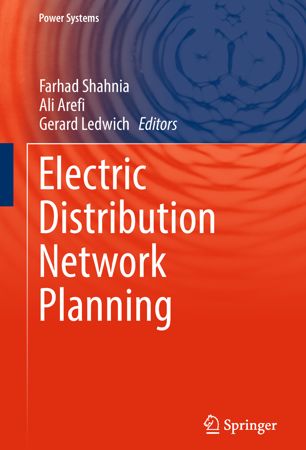Electric distribution networks mainly deliver the electric power from the high-voltage transmission system to the consumers. In these networks, the R/X ratio is significantly high compared to transmission systems hence power loss is high (about 10–13% of the generated power). Moreover, poor quality of power including the voltage profile and voltage stability issues may arise. The inclusion of shunt capacitors and distributed Flexible ac transmission system (D-FACTS) devices can significantly enhance the performance of distribution networks by providing the required reactive power. D-FACTS include different members such as; distributed static compensator (DSTATCOM), Distribution Static Var Compensator (D-SVC) and unified power quality conditioner (UPQC). Optimal allocation of these controllers in the distribution networks is an important task for researchers for power loss minimizing, voltage profile improvement, voltage stability enhancement, reducing the overall system costs and maximizing the system load ability and reliability. Several analytical and optimization methods have been presented to find the optimal siting and sizing of capacitors and shunt compensators in electric distribution networks. This chapter presents a survey of new optimization techniques which are used to find the optimal sizes and locations of such devices. This chapter also presents an application of new optimization technique called Grasshopper Optimization Algorithm (GOA) to determine the optimal locations and sizes of capacitor banks and DSTATCOMs. The obtained results are compared with different algorithms such as; Grey Wolf Optimizer (GWO), Sine Cosine Algorithm (SCA).


